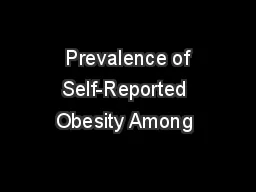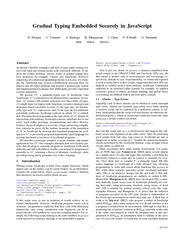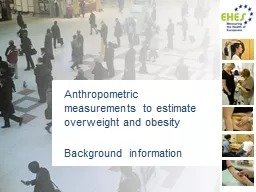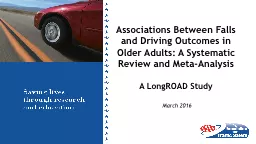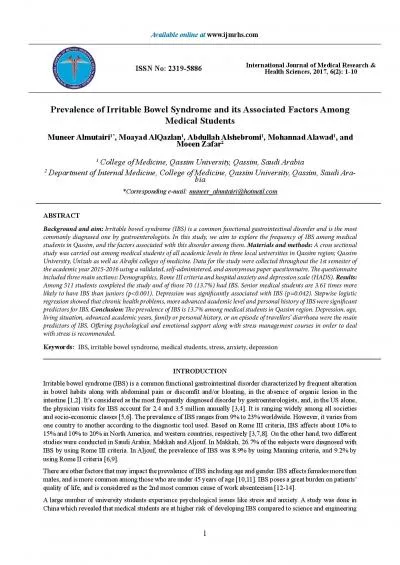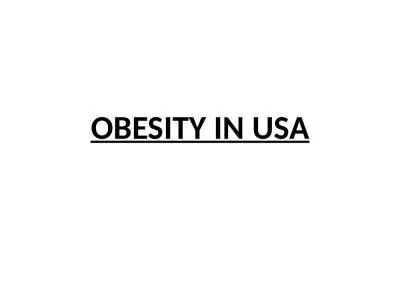PPT-Prevalence of Self-Reported Obesity Among
Author : jane-oiler | Published Date : 2020-04-09
US Adults by State and Territory Definitions Obesity Body Mass Index BMI of 30 kgm 2 or higher Body Mass Index BMI A measure of an adults weight in relation to
Presentation Embed Code
Download Presentation
Download Presentation The PPT/PDF document " Prevalence of Self-Reported Obesity Amo..." is the property of its rightful owner. Permission is granted to download and print the materials on this website for personal, non-commercial use only, and to display it on your personal computer provided you do not modify the materials and that you retain all copyright notices contained in the materials. By downloading content from our website, you accept the terms of this agreement.
Prevalence of Self-Reported Obesity Among : Transcript
Download Rules Of Document
" Prevalence of Self-Reported Obesity Among "The content belongs to its owner. You may download and print it for personal use, without modification, and keep all copyright notices. By downloading, you agree to these terms.
Related Documents

